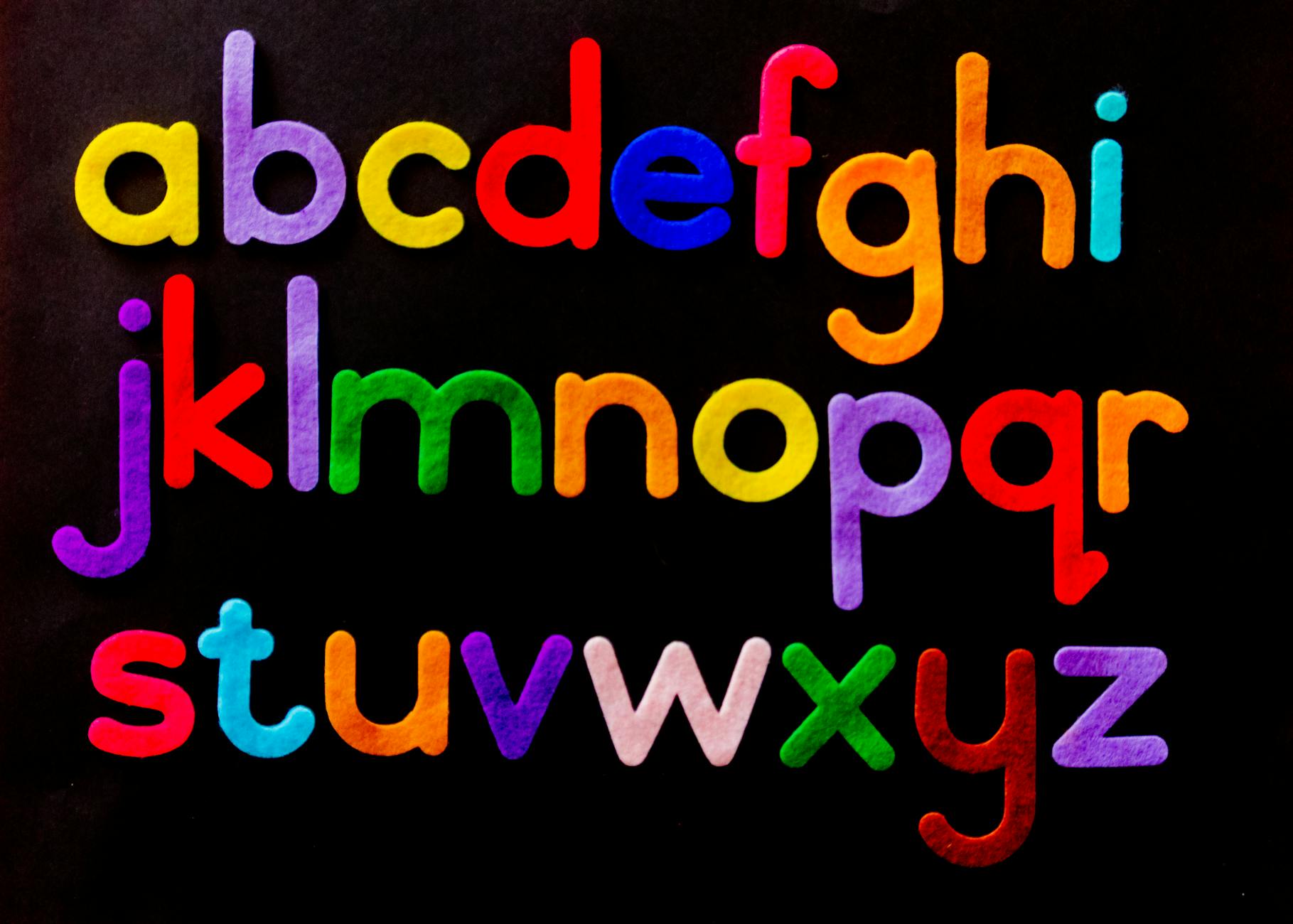Mass communication is an essential aspect of our daily lives. It encompasses various forms of communication that are intended to reach a large audience. This includes advertising, marketing, public relations, broadcasting, journalism, social media, branding, and corporate communication. Each of these areas plays a critical role in the dissemination of information, ideas, and opinions. In today’s world, where information is readily available, understanding the nuances of mass communication is vital. In this article, we will explore the different forms of mass communication and how they impact our lives.
Advertising

Advertising is a crucial aspect of mass communication. It is a form of communication that aims to persuade consumers to purchase or use a product or service. Advertising can be found almost everywhere, from billboards on the side of the road to commercials on television. It is a powerful tool that can make or break a business.
The purpose of advertising is to create awareness and generate interest in a product or service. It is essential to ensure that the message conveyed in an advertisement is clear and concise. An advertisement should be visually appealing, with high-quality images and graphics that capture the audience’s attention. The headline should be compelling, and the copy should be concise, engaging, and easy to understand.

Advertising has evolved with technology. With the rise of social media, advertising has become more targeted and personalized. Social media advertising allows businesses to reach specific demographics and target audiences. It is essential to create engaging content that resonates with the audience and includes a call-to-action button that prompts the user to take action.

Advertising is not limited to traditional forms of media. Product placement is a form of advertising that involves placing a product or service within a TV show, movie, or video game. Product placement is an effective way to reach audiences without interrupting their viewing experience. It is essential to integrate the product or service seamlessly into the story to avoid coming across as forced or inauthentic.

Influencer marketing is another form of advertising that has gained popularity in recent years. A sponsored post on a blog or influencer’s social media account can reach a vast audience and generate interest in a product or service. It is essential to choose an influencer that aligns with the brand’s values and create content that is authentic and engaging. Advertising is a crucial aspect of mass communication that requires creativity, strategy, and careful planning. With the right approach, advertising can be a powerful tool that drives sales and grows a business.
Marketing
Marketing is a crucial aspect of any business, big or small. It is the process of promoting and selling products or services to potential customers. Effective marketing strategies can help businesses reach their target audiences and increase sales. But how do you create a successful marketing campaign?
One key factor is understanding your target audience. Who are they? What are their needs and desires? By knowing your audience, you can create a message that resonates with them and speaks directly to their needs. This can be done through market research, surveys, and social media analytics.
Another important element of a successful marketing campaign is having a clear message that is easy to understand. People are bombarded with countless messages every day, so it’s important to make your message stand out. Use concise and clear language to communicate your message effectively.

Data analysis is also crucial in marketing. By analyzing data, you can determine which marketing tactics are working and which ones aren’t. This can help you refine your marketing strategy and allocate resources more effectively.
Finally, creativity is key in marketing. You want to create a message that captures people’s attention and stands out from the competition. Using analogies and metaphors can be a great way to make your message more memorable and engaging.
Marketing is a constantly evolving field, and staying up-to-date on the latest trends and technologies can give your business a competitive edge.
Understanding Public Relations in Mass Communication

When it comes to mass communication, public relations play a vital role in building and maintaining the reputation of individuals, organizations, or businesses. Public relations aim to create a positive image and foster good relationships with the public, clients, and stakeholders. It is a strategic communication practice that involves a range of activities, including media relations, crisis management, event planning, and social media management.

One of the primary functions of public relations is to manage the media. This involves building relationships with journalists, pitching stories, and responding to inquiries. The goal is to ensure that the media portrays the organization or business in a positive light. Public relations professionals also play a crucial role in crisis management, where they help manage the flow of information during a crisis to minimize damage to the organization’s reputation.

Public relations also encompasses event planning, where professionals organize events that help promote the organization’s brand and image. These events could be product launches, promotional events, or fundraising activities. The goal is to create a positive image among the target audience and build relationships with clients and stakeholders.

Finally, public relations involves managing the organization’s online presence, including social media. With the rise of social media, public relations professionals need to be adept at using these platforms to promote the organization’s brand and engage with the target audience. This involves creating and sharing engaging content, responding to comments and inquiries, and monitoring the organization’s online reputation.
Overall, public relations is a critical component of mass communication. It helps organizations build and maintain a positive image, manage the media, and engage with the target audience. By leveraging various strategies and tactics, public relations professionals can help organizations achieve their communication goals and foster long-term relationships with clients and stakeholders.
Broadcasting
Broadcasting is a vital aspect of mass communication, as it involves the transmission of audio and visual content to a large audience. It involves the use of various mediums such as radio and television to reach a broad and diverse audience.
Imagine sitting in your car on your way to work, listening to your favorite radio station. As you listen, you hear the latest news, weather updates, and traffic reports. You are part of a diverse audience who are all listening to the same broadcast, and you are all receiving the same information at the same time.
Now, imagine watching your favorite television show with your family. You are all enjoying the same program, and you are all experiencing the same emotions and reactions. This is the power of broadcasting; it unites people and creates a shared experience.

The impact of broadcasting cannot be overstated. It has the power to educate, inform, entertain, and influence people on a massive scale. Broadcasting can shape public opinion, promote cultural values, and raise awareness of important issues.
For example, broadcasting has played a crucial role in the fight against COVID-19. Through radio and television broadcasts, people have received vital information about the pandemic, such as how to stay safe, where to get tested, and how to access healthcare.

In conclusion, broadcasting is an essential component of mass communication. It has the power to connect people, shape public opinion, and promote cultural values. As technology continues to evolve, the role of broadcasting in our lives will only become more important.
Journalism
Journalism is the practice of gathering, assessing, verifying, and presenting news and information to the public. It is a crucial aspect of mass communication that enables us to stay informed about the world around us. A journalist’s job is to report the truth, and they do this by investigating, researching, and interviewing sources to gather reliable information.
Journalism is like a puzzle, and journalists are the ones who put all the pieces together to create a coherent picture for the public. Their job is to report the facts and present them in a way that is understandable to the general public. They use the active voice to engage readers and keep their attention. By doing this, they create a sense of urgency and importance that drives people to read and stay informed.

Journalism has undergone significant changes in recent years due to the rise of technology and social media. With the advent of smartphones, anyone can be a journalist, and news can spread rapidly through social media platforms. However, this has also led to the spread of fake news and misinformation, making it even more important for journalists to do their job properly.
Journalism is like a beacon of truth that guides us through the sea of information. It helps us make sense of the world and understand the events that shape our lives. Without journalism, we would be lost in a sea of rumors and hearsay, unable to make informed decisions.

Journalism is not just about reporting the news; it’s about holding those in power accountable for their actions. It’s about giving a voice to the voiceless and shining a light on injustice. It’s about standing up for what’s right and speaking truth to power. Journalism is a noble profession that plays a crucial role in our society, and we should all support and appreciate the work that journalists do.

Social Media and Its Impact on Mass Communication

Social media has profoundly changed the way we communicate with each other on a mass scale. With platforms such as Facebook, Twitter, Instagram, and LinkedIn, we can now reach millions of people with just the click of a button. Social media has brought about a new era of mass communication that is faster, more interactive, and more democratic than ever before.
One of the most significant impacts of social media on mass communication is the democratization of information. In the past, mass communication was controlled by a few large media companies that decided what information was disseminated to the public. However, with social media, anyone with an internet connection can be a content creator and share their ideas with the world. This has led to a more diverse range of voices and perspectives being heard, allowing for a more democratic public discourse.
Another impact of social media on mass communication is the speed at which information can be disseminated. News stories and events can now be shared instantaneously, allowing people to stay informed in real-time. This has led to a new level of engagement and interactivity between content creators and their audiences. Social media has also given rise to citizen journalism, where ordinary people can report on events as they happen, bypassing traditional media gatekeepers.
Social media has also fundamentally changed the way we consume entertainment. With platforms such as YouTube, TikTok, and Snapchat, we can now access a vast array of content created by amateur and professional content creators alike. This has disrupted the traditional media industry, with many people now turning to social media for their entertainment needs.
In conclusion, social media has had a profound impact on mass communication, democratizing information, speeding up the dissemination of news and events, and disrupting the traditional media industry. As social media continues to evolve and grow, it is likely that its impact on mass communication will only continue to grow in significance.
The Importance of Branding in Mass Communication

Branding is an essential element of mass communication. It’s the process of creating a unique name, design, symbol, or message that identifies and differentiates a product or service from others in the market. A strong brand can help build customer trust and loyalty, increase brand recognition, and make a company stand out in a crowded marketplace.
A well-designed logo and color scheme can make a lasting impression on potential customers. It’s essential to consider the psychology of color when designing a logo. For example, blue is often associated with trust and reliability, while red is associated with excitement and energy. A unique font can also help a brand stand out and make it more memorable. In addition to visual elements, a brand’s message is also crucial. It’s essential to create a consistent message that resonates with the target audience. A brand’s message should communicate the company’s values, mission, and what sets it apart from its competitors.

A successful branding strategy can lead to increased sales and business growth. It’s essential to create a positive customer experience by delivering high-quality products or services that meet or exceed their expectations. A satisfied customer can become a brand ambassador and help spread the word about a company’s products or services. In conclusion, branding is a crucial element of mass communication. A well-designed logo, color scheme, and consistent message can help a brand stand out in a crowded marketplace. A successful branding strategy can lead to increased sales and business growth.
Corporate Communication

Corporate communication is the exchange of information and ideas within an organization. It involves the use of different communication channels and tools to create a unified message that aligns with the organization’s goals, mission, and values. Effective corporate communication is crucial for the success of any organization as it helps to build and maintain relationships with stakeholders and employees. One of the key components of corporate communication is transparency.
Organizations that are transparent in their communication practices earn the trust of their stakeholders, including customers, employees, shareholders, and the general public. Transparency can be achieved through open communication channels, regular updates, and clear and concise messaging. Another important aspect of corporate communication is consistency. Consistent communication ensures that everyone in the organization receives the same message and understands what is expected of them.
It also helps to build a strong company culture and brand identity. Corporate communication also plays a vital role in crisis management. During a crisis, effective communication can help to mitigate the impact of the situation and protect the organization’s reputation. It is important to have a crisis communication plan in place that outlines the steps to be taken in the event of a crisis. In conclusion, corporate communication is an essential function of any organization.
It helps to create a positive image, build trust, and maintain relationships with stakeholders. By being transparent, consistent, and prepared for crises, organizations can communicate effectively and achieve their goals.
The Importance of Visual Communication in Mass Communication

Visual communication is an essential aspect of mass communication. In today’s world, where information is readily available, it is crucial to convey messages effectively and efficiently. Research has shown that people remember only 10% of what they hear and 20% of what they read, but they remember 80% of what they see and do.
This proves that visual communication plays a vital role in mass communication. Images, videos, and infographics are powerful tools that can be used to convey complex information in a simple and understandable way. They can also evoke emotions and create a connection with the audience. For instance, a news story about a natural disaster may not have the same impact if it were only reported in words.
However, adding images or videos can help to convey the extent of the damage and the impact on people’s lives, making the story more engaging and relatable. Visual communication also helps to break down language barriers. Images and videos can be understood universally, regardless of the language spoken.
This is especially important in mass communication, where the audience may come from diverse cultures and backgrounds. Incorporating visuals in mass communication not only makes it more engaging but also helps to improve retention. Visuals help the audience to remember the message and recall it later. This is crucial in advertising, where the goal is to create a lasting impression on the audience. In conclusion, visual communication is a critical component of mass communication.
It helps to convey complex information in a simple and understandable way, evokes emotions, breaks down language barriers, and improves retention. In today’s world, where information overload is a reality, incorporating visuals is an effective way to capture and engage the audience.
Conclusion
In conclusion, mass communication plays a vital role in today’s world. It encompasses various fields such as advertising, marketing, public relations, broadcasting, journalism, social media, branding, and corporate communication. Each of these fields has a significant impact on how we perceive the world around us.
Advertising and marketing help companies attract customers while public relations and corporate communication help them maintain a positive image. Broadcasting and journalism bring us news and information while social media and branding help us connect with others and create a personal brand. In short, mass communication affects us in ways we may not even realize. Understanding how it works and how it affects us can help us navigate the ever-changing landscape of modern media.










